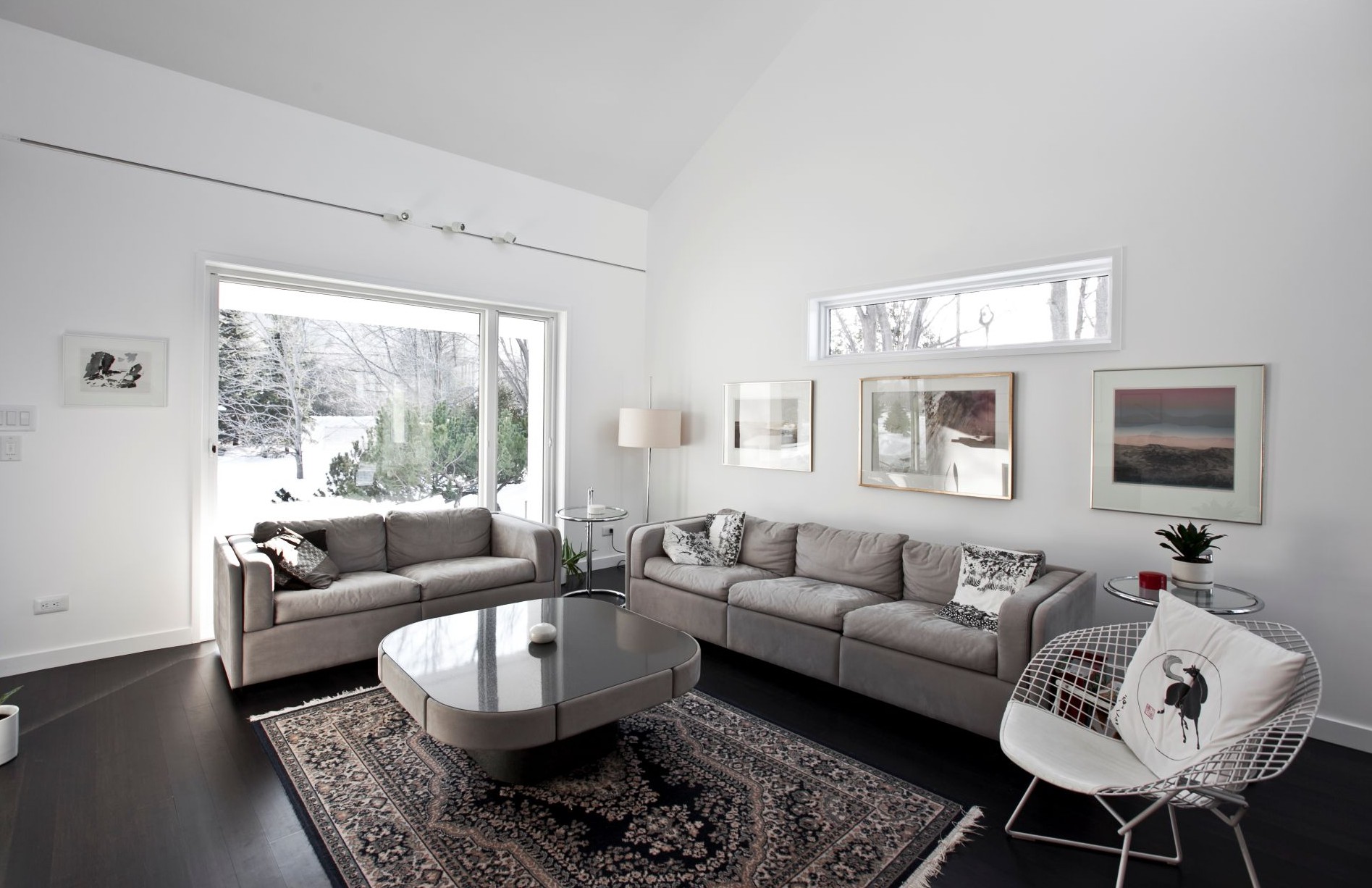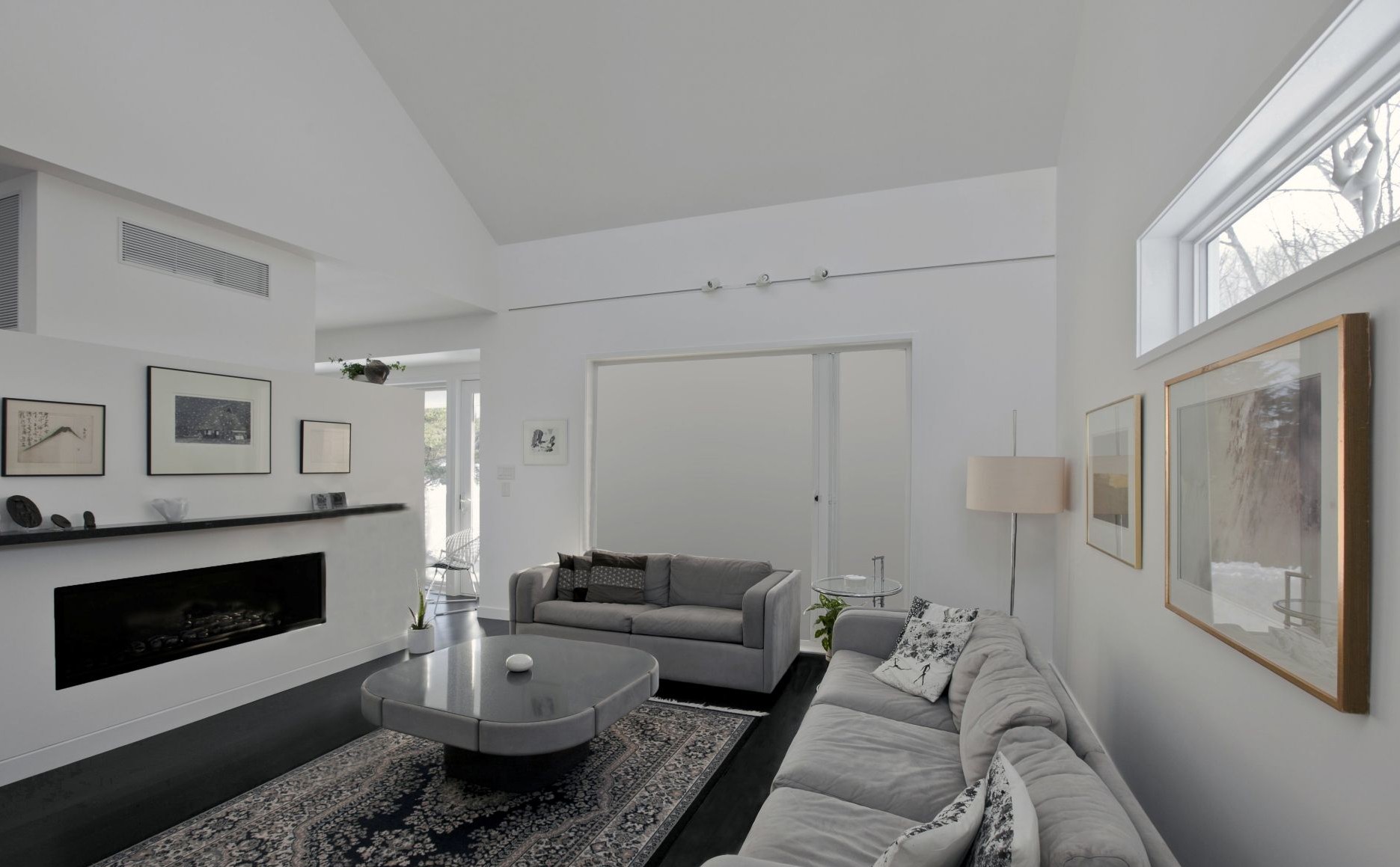
Energy Efficient Windows
What Is the Best House Temperature in Winter?
Winter has a way of sneaking into our homes... Not just through icy drafts under the door, but in the form of higher heating bills, restless nights, and that constant battle to find the thermostat “sweet spot.”
Some like it cozy and warmer, others prefer the brisk freshness of cold air. But there’s no denying that the right house temperature in winter is more than a matter of comfort. It’s about health, energy efficiency, and even safety.
So, what is a reasonable temperature for a house in winter? Read on to learn more about the topic and discover tips on how to find those perfect temperature settings!
Key Takeaways
- During the winter, the recommended thermostat settings are 20-22°C (68-72°F) during the day and 17-19°C (62-66°F) at night.
- To maintain a stable indoor temperature in winter, use smart thermostats, insulate your home properly, replace your windows and doors if they're old, and maintain your HVAC system.
- Monitor indoor humidity levels and keep them between 30% and 60% to prevent issues like condensation, mold growth, and dry skin during winter.
What Is the Ideal Temperature for a House in Winter?

It's generally recommended to maintain the house temperature in winter between 20°C and 22°C (68°F and 72°F) during daytime hours, when family members are at home and active.
During nighttime hours, when the body temperature drops, or when family members are not at home, it's recommended to lower temperatures to 17-19°C (62-66°F). This small adjustment can lead to a much better sleep and substantial energy savings. In fact, you can reduce heating costs by roughly 2% annually by simply lowering your thermostat by just one degree.
Generally, appropriately dressed, healthy adults are comfortable at temperatures around 18°C (64°F). On the other hand, vulnerable individuals, including elderly residents, children, and people with certain health conditions such as high blood pressure, are comfortable at roughly 20°C (68°F). Plus, you should also consider personal preferences. Some people like when their homes feel warmer. Others prefer setting the thermostat to lower temperatures.
Regardless of all the details mentioned above, it is not recommended to allow the house temperature to drop below 16°C (61°F) in winter. This threshold significantly increases the risk of respiratory problems and cardiovascular stress in certain individuals, as well as the risk of frozen pipes and other house issues.
In the table below, you'll discover more details about the average house temperature in winter:
Ideal Winter Thermostat Settings: Smart Thermostats
Without a doubt, having a smart thermostat is the best way to maintain a stable indoor temperature without worrying about changing the winter setting manually whenever needed. Plus, it's not all just about convenience. In fact, according to Natural Resources Canada, if you have an ENERGY STAR-certified smart thermostat, you can reduce your energy consumption by at least 8%!
With a smart thermostat, you can set the temperature to 17 degrees Celsius (62 degrees Fahrenheit) when you're sleeping and to 20 degrees Celsius (68 degrees Fahrenheit) when you're awake and at home.
Furthermore, according to ENERGY STAR guidelines, you should install your thermostat away from appliances, doorways, fireplaces, skylights, windows, and areas that receive direct sunlight. Plus, to benefit from a programmable thermostat to the maximum, outline different zones in the house and set different temperatures for them, depending on how frequently they're used.
The Role of High-Performance Windows and Doors

According to Natural Resources Canada, windows and doors account for 25% of total home heat loss. That's why modern energy-efficient windows and doors represent perhaps the most impactful upgrade Canadian homeowners can make to improve winter thermal performance.
ENERGY STAR certified windows can reduce home energy costs by 7-12% annually, translating into savings of roughly $300 per year, depending on your location and existing window quality.
It's worth mentioning that advanced window technologies have revolutionized thermal performance capabilities. For example, you can now install windows and glass doors with two panes of glass separated by argon or krypton gas, which form an insulating barrier. Moreover, you can also install low-emissivity (Low-E) coatings, which reflect interior heat back into living spaces while blocking unwanted solar heat gain during summer months.
Magic, for example, has a comprehensive line of ENERGY STAR-certified products designed specifically for Canadian climate conditions. Our windows and doors meet the most stringent ENERGY STAR requirements. Some of them even qualify for the prestigious ENERGY STAR Most Efficient designation. These performance levels translate into measurable comfort improvements and utility bill reductions for Canadian homeowners.
Safety Considerations for Winter Indoor Temperatures
Beyond comfort and health, there are important safety factors to keep in mind when managing average home temperatures in winter:
- Frozen pipes: if indoor temperatures fall below 12–13°C (54–55°F), there's a risk of frozen or burst pipes; this can cause significant water damage.
- Fire hazards: if you use fireplaces, wood stoves, or space heaters to heat your home, make sure to follow safety guidelines. Always keep flammable objects away, never leave heaters unattended, and use fire screens where appropriate.
- Carbon monoxide risks: gas, oil, and wood heating systems can emit carbon monoxide if not properly ventilated. Therefore, install carbon monoxide detectors on each floor of your home and schedule annual HVAC inspections.
- Mold and moisture issues: if the indoor temperature and humidity levels are not steady, condensation will form on windows and walls, increasing the risk of mold growth.
- Smart thermostat backup: if you rely on a smart thermostat, make sure that you have a manual backup plan in case of power outages or internet disruptions, particularly in extreme climates.
How to Maintain a Stable House Temperature in Winter

Keeping a stable indoor temperature during the cold Canadian winter months can be quite difficult, but certainly not impossible!
In the following sections, we'll discuss some measures you can take to make sure you're enjoying the winter months, not surviving them!
Invest in Energy-Efficient Windows and Doors
If your windows and doors are old and drafty, it may be time to replace them. Without a doubt, it's a significant investment, but it will help you save money on energy bills for years to come.
Plus, you may be eligible for government rebates!
Optimize Thermostat Settings and Use Smart Controls
It's generally recommended to use a programmable or smart thermostat during the winter months to create temperature schedules that match your daily routine (indoor temperature is higher when you're at home and active and lower when you're at work or sleeping).
This prevents unnecessary energy waste while ensuring your home never becomes too cold. Smart thermostats also adjust to outdoor temperature changes and learn your preferences over time, delivering optimized comfort without manual adjustments.
Control Indoor Humidity Levels
Aim to keep indoor relative humidity between 30 and 40% during winter to avoid the extremes of dry, irritating air or high humidity, which causes overly damp, clammy conditions.
This range helps maintain a comfortable temperature indoors, as well as the integrity of building materials.
Use humidifiers or dehumidifiers as needed and monitor humidity with digital hygrometers or smart home sensors.
Seal Air Leaks and Improve Insulation
It's extremely important to prevent uncontrolled air exchange with the outdoors. Therefore, focus on sealing gaps around windows, doors, and electrical outlets with caulking and weatherstripping.
And don't forget about the insulation in attics, walls, and basements, as it plays an essential role in keeping heat in and cold out by strengthening your home’s thermal envelope. In combination, these measures reduce the workload on your heating system.
Regular HVAC Maintenance
It's recommended to schedule professional servicing for your HVAC system before winter starts. Experts can properly clean and inspect furnaces or heat pumps, replace or clean filters, and verify thermostat calibration. Consistent airflow and well-maintained equipment optimize heat distribution and reduce temperature inconsistencies throughout the home.
Use Your Curtains and Blinds Wisely

If you want to reduce heating demand, use your curtains and blinds wisely! Open them during sunny winter days to allow sunlight to warm the interior. If needed, trim outdoor foliage that blocks sunlight. At night, keep your windows covered to retain heat.
For example, if you install Magic windows or doors, you have the possibility to equip them with our fully retractable solar shades and thermal blinds, which play a significant role in maintaining stable indoor temperatures. During the day, you can cover the windows with the solar shades, protecting your home against UV rays but still allowing sunlight in. During the night, you can cover the windows with the thermal blinds, which act as an additional insulating barrier.
Planning to Replace Your Windows or Doors? Contact Magic!
As mentioned earlier, poorly insulated windows and doors are one of the biggest culprits of heat loss inside a home. Even if the walls and roof are well-insulated, outdated or drafty windows can still let warm air escape.
At Magic, we design window and door systems to combat the harsh Canadian winter weather. Our innovations work together to keep homes warmer, cozier, and more energy-efficient.
Here are some of the most praised features of our products:
- Hybrid Fusion Frames: built from a unique blend of vinyl, aluminum, and steel for superior insulation and long-lasting durability.
- Low-E glass & double or triple glazing for superior insulation and energy efficiency, helping lower heating and cooling bills.
- Parallex® Hardware: improves airtightness and seals against winter winds.
- Slide & Hide™ screens & blinds: add an extra layer of insulation when needed while still offering flexibility for sunlight and privacy.
- More insulating gas fills: the extra space between panes filled with more insulating gas reduces heat loss.
- 40-Year warranty: assurance that your investment will perform for decades, even through the toughest winters.
Curious to learn more about our product offering? Book a free consultation today and see the magic for yourself!
Frequently Asked Questions
What temperature should a house have in winter in Canada?
It is generally recommended to keep the house temperature between 20°C and 22°C (68°F and 72°F) during the day when you are at home. At night or when the house is unoccupied, lower the temperature to 17-19°C (62-66°F) to save energy.
Is 20 degrees cold for a house?
No, 20°C (68°F) is considered a comfortable temperature for most people during winter, especially when dressed appropriately.
Is 72 too high for a thermostat in winter?
A thermostat setting of 72°F (22°C) is on the upper end of the comfortable range but not necessarily too high for winter. However, higher temperatures above this can lead to wasted energy and increased heating bills without significant comfort benefits.
What is the ideal daytime thermostat setting for winter?
The best thermostat setting for winter days is 20-22°C (68-72°F), keeping your home cozy while saving on energy bills.
What temperature should I set my thermostat to at night for better sleep?
For a better night's sleep, the ideal thermostat setting is 17-19°C (62-66°F). This cooler range can help you feel more comfortable and promote restful sleep.
How can I reduce my heating bills during winter?
To cut down on your heating bills, lower the thermostat when you're not home, seal any drafts, and consider using a smart thermostat to manage your heating more efficiently.